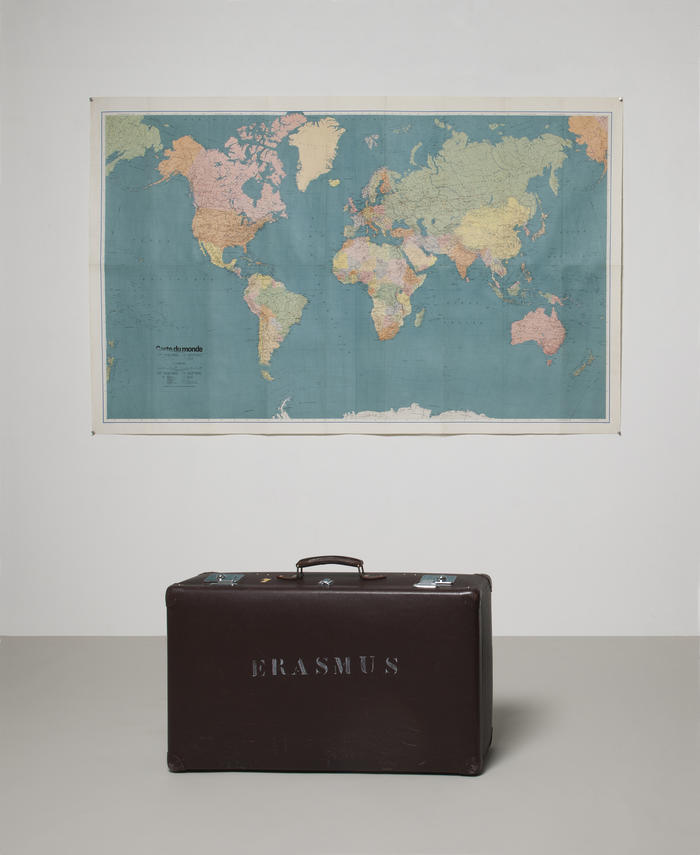Marcel Broodthaers
1924 — 1976
Marcel Broodthaers, born in Brussels in 1924, is initially engaged in the medium of film, works as a poet and author and only comes to the visual arts at the age of 40. His twelve years as a visual artist have left behind a rich work of diverse and complex objects and installations. The conceptual demands Broodthaers places on his art are as characteristic of his work as the constant combination of the most diverse media. In his understanding of art, Broodthaers clearly opposes the concept of a total work of art, which is reflected in his works. Rather, they negotiate the possibilities of the mixed, the undefined and the incomplete. This view also becomes clear in the exhibitions, which the artist himself designs. The works of art are in dialogue with each other, complementing or questioning each other and thus devoting themselves to the themes with a comprehensive view of relevant facts. An example of this is his work Musée d'Art Moderne, Département des Aigles from 1968, through which Broodthaers grows into the role of a curator of a travelling institution, which he showed at various locations - initially in museums in Belgium, the Netherlands and Germany. The majority of the objects on display are empty boxes, letters, postcards, photographs or films. Broodthaers shifts the focus from the art value of the object to a superordinate discussion about the status of art in society. While his work is much discussed and often serves as a starting point for further artistic debate, Broodthaers biography always takes a back seat; comparatively little is known about the artist as a person in view of the amount of information about his artistic work.
He lived and worked in Düsseldorf, later in London and finally moved to Cologne after a DAAD stay in Berlin, where he died at the age of just 52.
 Erasmus, 1974
Erasmus, 1974